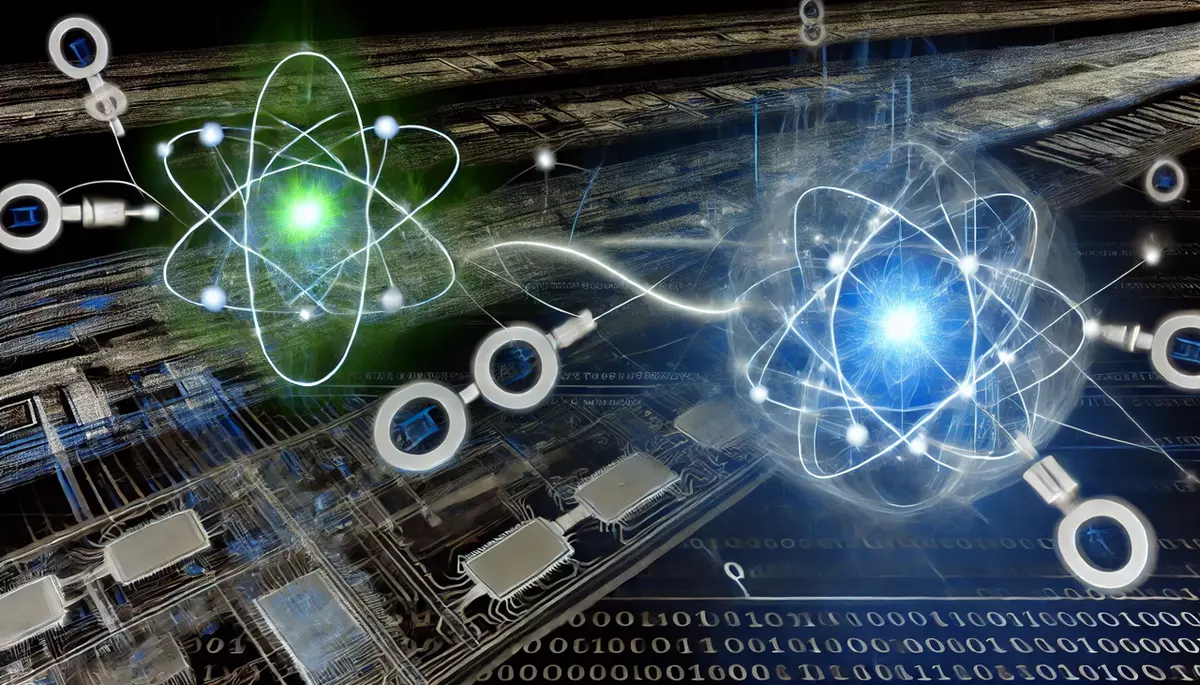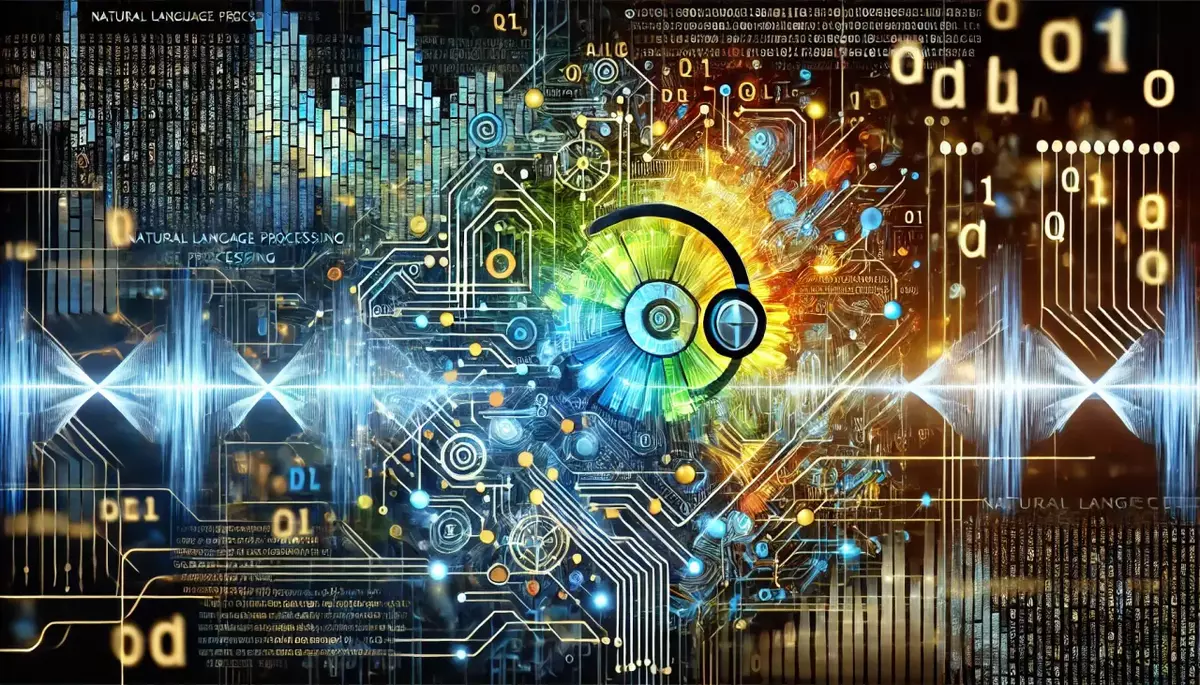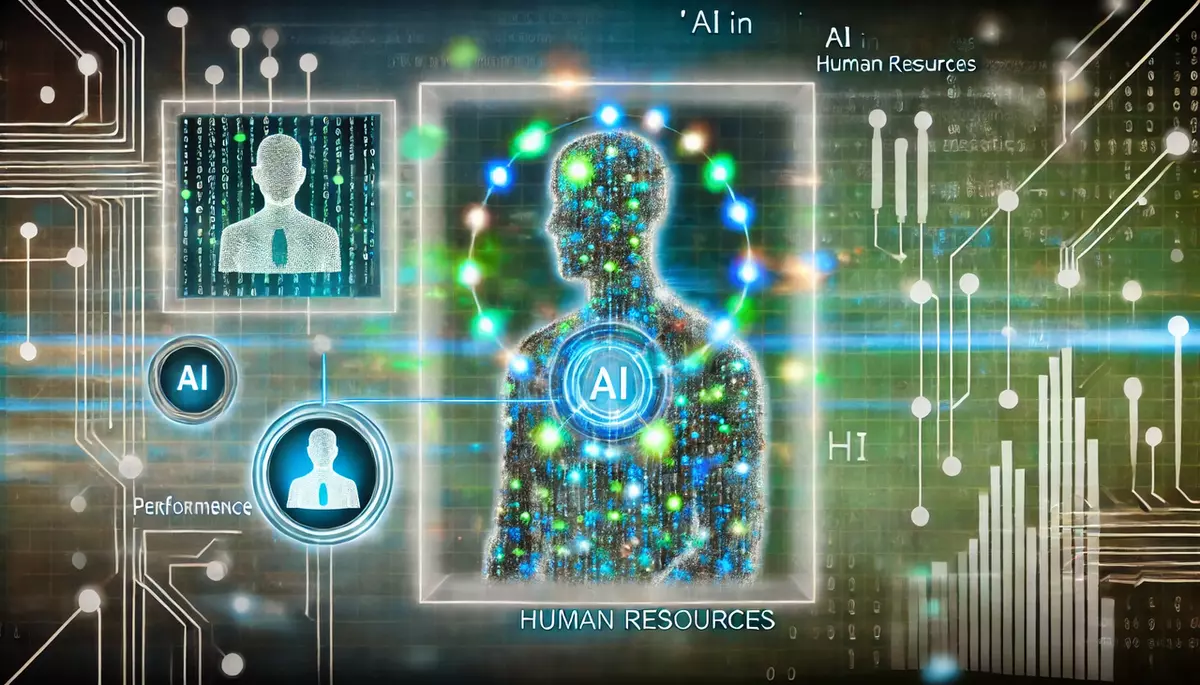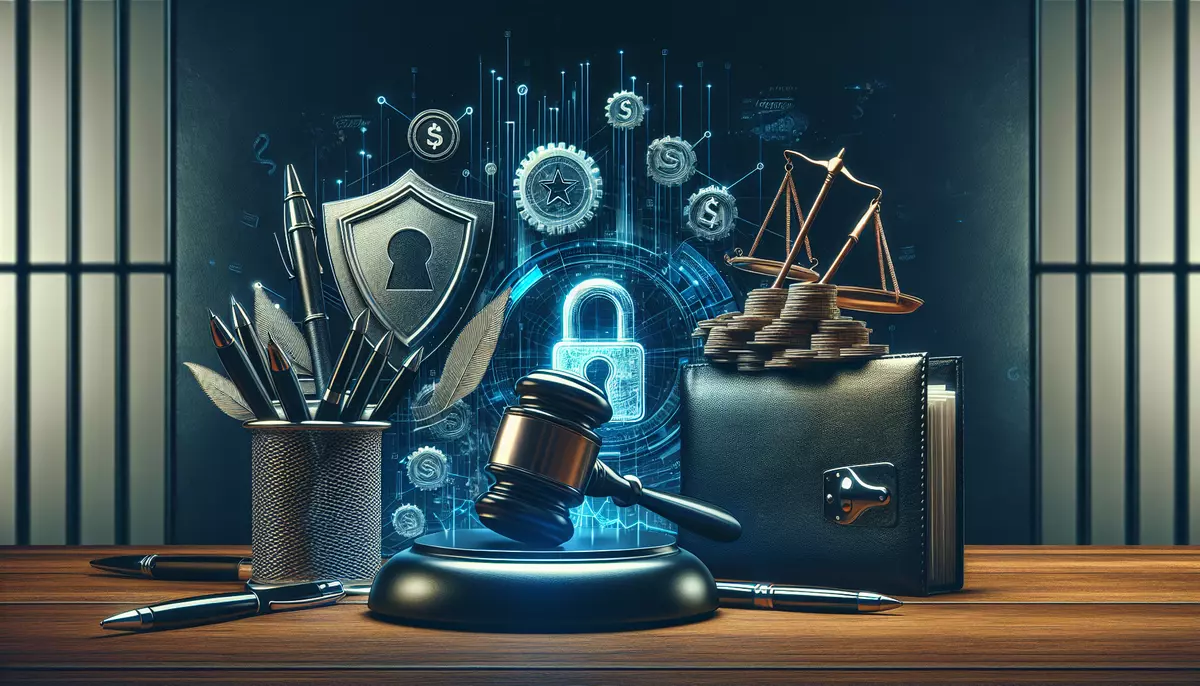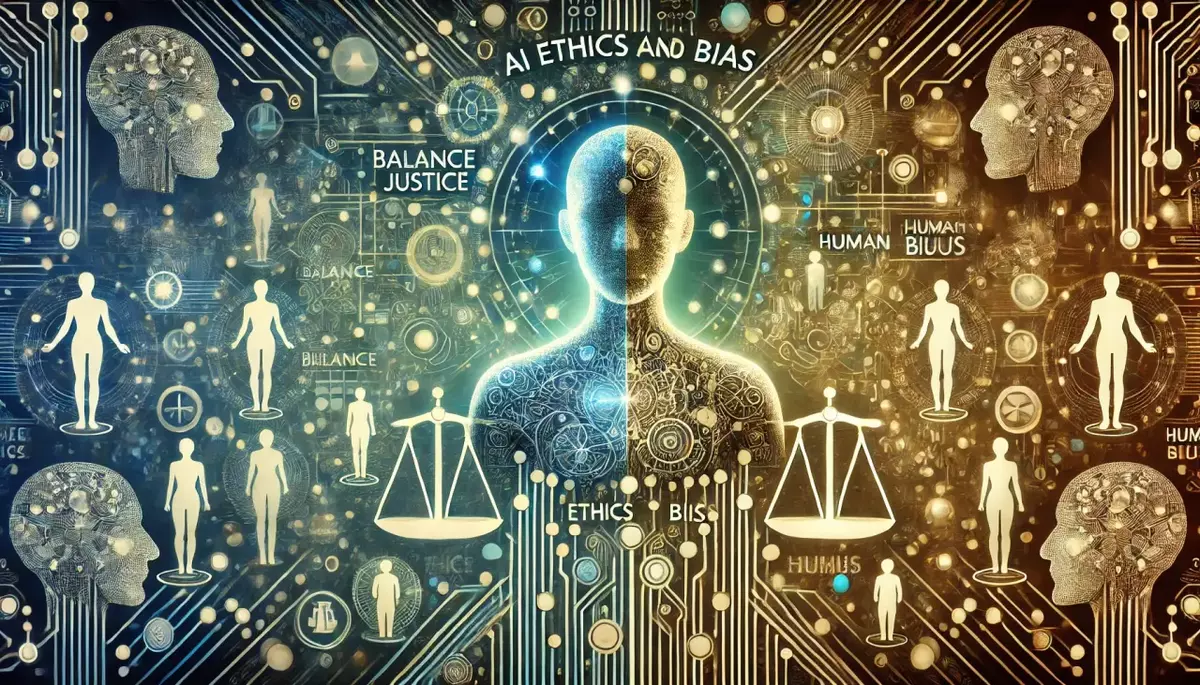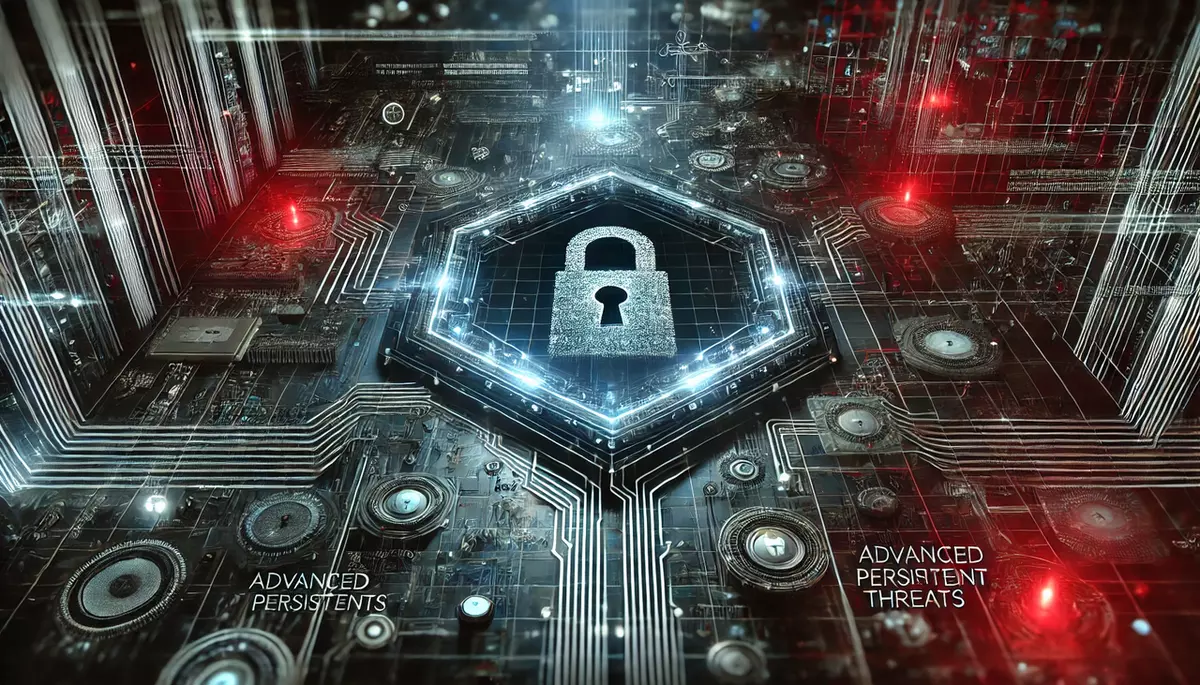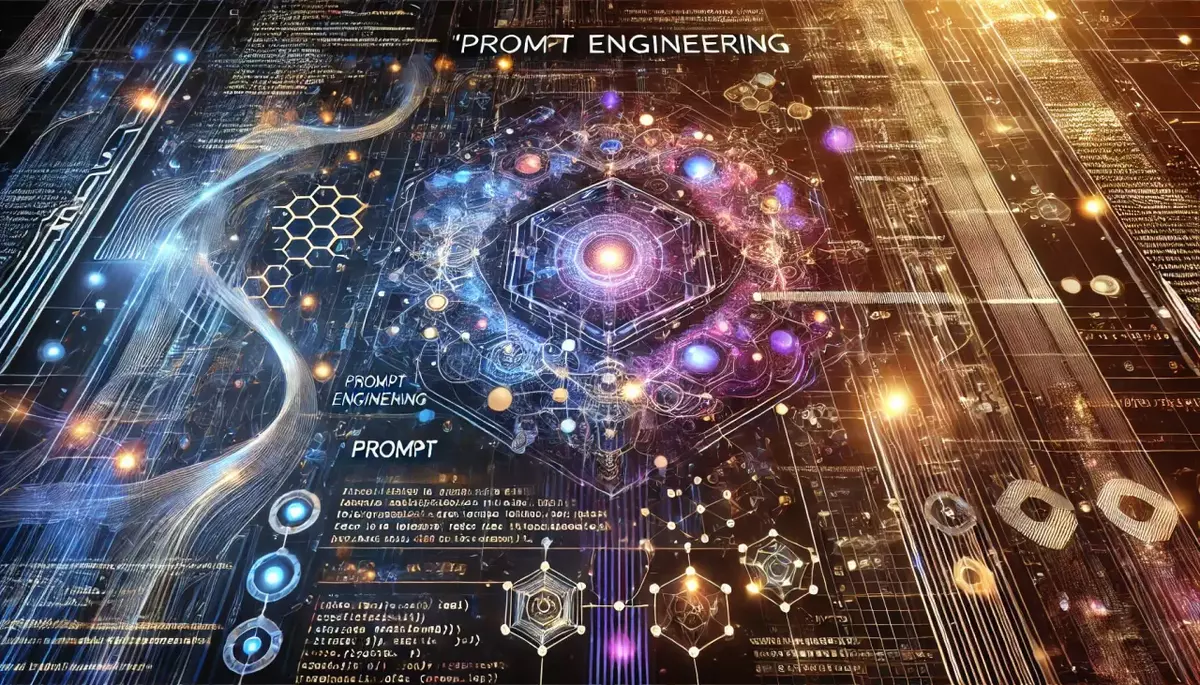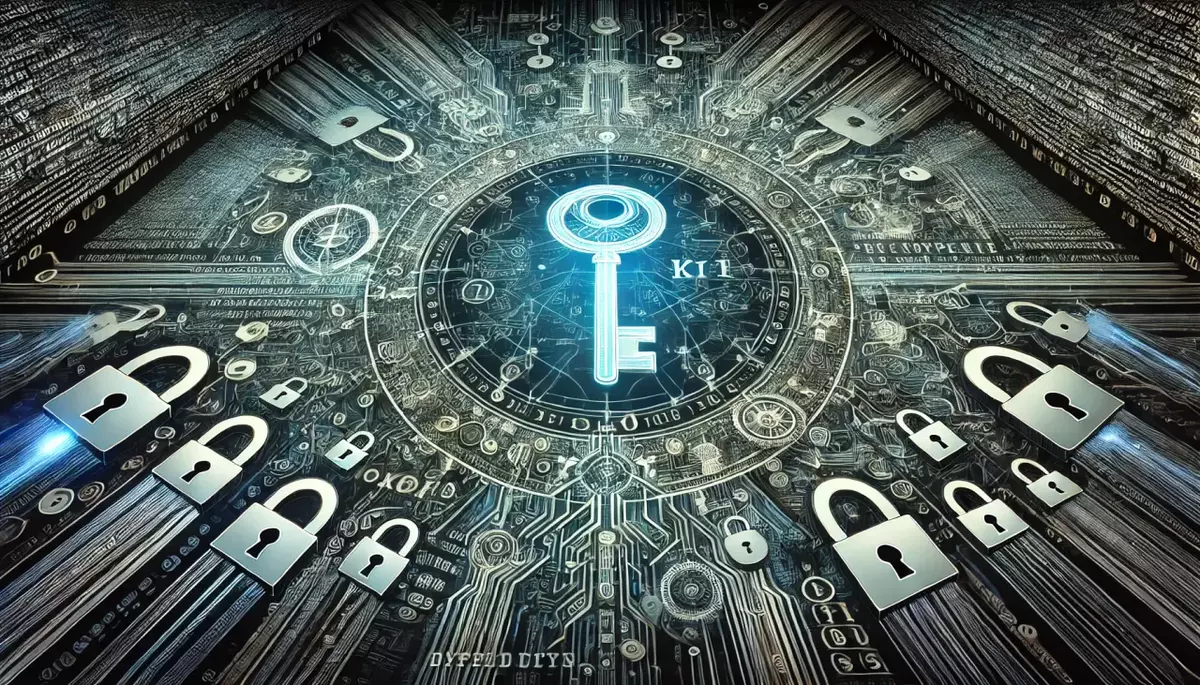Introduction
Quantum cryptography, also known as quantum key distribution (QKD), is an emerging field that utilizes the principles of quantum mechanics to provide secure communication and data protection. By harnessing the unique properties of quantum particles, quantum cryptography offers a revolutionary approach to encryption that promises unparalleled security against eavesdropping and hacking attempts.
What is Quantum Cryptography?
Quantum cryptography is a method of securely distributing cryptographic keys between two parties, using the laws of quantum mechanics to detect any unauthorized access or tampering. It relies on the fundamental principles of quantum physics, such as the uncertainty principle and the no-cloning theorem, to ensure the security of the communication channel.
Key Characteristics of Quantum Cryptography:
- Quantum States: Quantum cryptography utilizes the quantum states of photons or other quantum particles to encode and transmit information.
- Eavesdropping Detection: Any attempt to intercept or measure the quantum states during transmission will inevitably disturb the system, alerting the communicating parties to the presence of an eavesdropper.
- Unconditional Security: Quantum cryptography offers a level of security that is not dependent on the computational power of the attacker, making it resistant to even the most powerful future quantum computers.
How Does Quantum Cryptography Work?
Quantum cryptography typically involves the following steps:
The Quantum Key Distribution (QKD) Process:
- Photon Transmission: One party, the sender (Alice), encodes information on the quantum states of photons and transmits them to the other party, the receiver (Bob).
- Measurement and Comparison: Bob measures the received photons and compares the results with Alice to establish a shared secret key.
- Eavesdropping Detection: If an eavesdropper (Eve) attempts to intercept the photons, the quantum states will be disturbed, and Alice and Bob will detect the intrusion.
- Key Distillation: Alice and Bob then use classical communication to distill a secure cryptographic key from the shared information, discarding any compromised portions.
Applications of Quantum Cryptography
Quantum cryptography has a wide range of applications in various industries and sectors:
Secure Communication:
- Government and Military: Protecting sensitive information and communications from advanced cyber threats.
- Financial Institutions: Securing financial transactions and data exchange between banks and financial entities.
- Critical Infrastructure: Safeguarding the communication networks of power grids, transportation systems, and other critical infrastructure.
Data Protection:
- Healthcare: Ensuring the confidentiality of patient records and medical data.
- Research and Development: Protecting intellectual property and trade secrets in scientific and technological fields.
- Personal Privacy: Enhancing the security of personal communications and data storage.
Challenges and Limitations
While quantum cryptography offers unprecedented security, it also faces some challenges and limitations:
- Distance Limitations: The transmission distance of quantum signals is currently limited, requiring the use of repeaters or other techniques to extend the range.
- Hardware Complexity: Implementing quantum cryptography systems requires specialized and often expensive hardware, which can be a barrier to widespread adoption.
- Integration with Existing Infrastructure: Integrating quantum cryptography with legacy communication systems and networks can be a complex and costly process.
- Quantum Hacking Threats: As quantum computing advances, new types of attacks targeting the quantum properties of the system may emerge, requiring ongoing research and development.
Future Developments in Quantum Cryptography
The field of quantum cryptography is rapidly evolving, with researchers and scientists working to address the current challenges and expand the capabilities of this technology:
- Increased Transmission Distance: Developing new techniques, such as quantum repeaters and satellite-based QKD, to extend the range of quantum communication.
- Improved Hardware and Integration: Designing more compact, cost-effective, and user-friendly quantum cryptography systems that can be seamlessly integrated into existing communication networks.
- Quantum-Resistant Algorithms: Exploring the development of new encryption algorithms that are resistant to attacks from quantum computers, ensuring the long-term security of data.
- Quantum Internet: Envisioning the creation of a global quantum communication network, enabling truly secure and private data exchange across the world.
Conclusion
Quantum cryptography represents a significant advancement in the field of data security, offering a revolutionary approach to encryption that leverages the principles of quantum mechanics. As the technology continues to evolve and overcome its current limitations, quantum cryptography is poised to play a crucial role in safeguarding sensitive information and communications in the digital age.
This knowledge base article is provided by Fabled Sky Research, a company dedicated to exploring and disseminating information on cutting-edge technologies. For more information, please visit our website at https://fabledsky.com/.
References
- Gisin, N., Ribordy, G., Tittel, W., & Zbinden, H. (2002). Quantum cryptography. Reviews of modern physics, 74(1), 145.
- Scarani, V., Bechmann-Pasquinucci, H., Cerf, N. J., Dušek, M., Lütkenhaus, N., & Peev, M. (2009). The security of practical quantum key distribution. Reviews of modern physics, 81(3), 1301.
- Diamanti, E., Lo, H. K., Qi, B., & Yuan, Z. (2016). Practical challenges in quantum key distribution. npj Quantum Information, 2(1), 1-12.
- Pirandola, S., Andersen, U. L., Banchi, L., Berta, M., Bunandar, D., Colbeck, R., … & Wallden, P. (2020). Advances in quantum cryptography. Advances in Optics and Photonics, 12(4), 1012-1236.
- Xu, F., Ma, X., Zhang, Q., Lo, H. K., & Pan, J. W. (2020). Secure quantum key distribution with realistic devices. Reviews of Modern Physics, 92(2), 025002.

